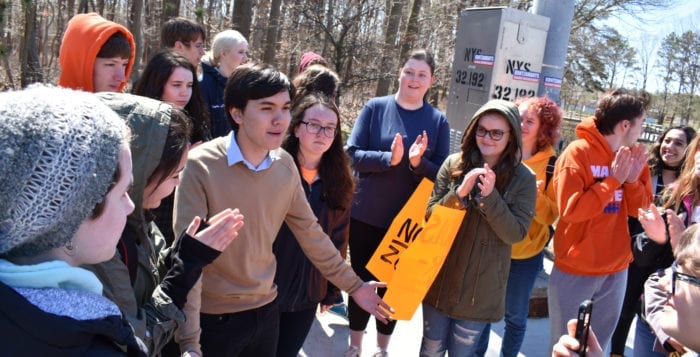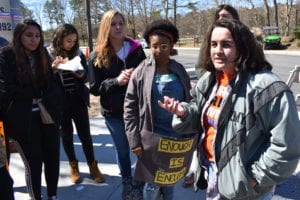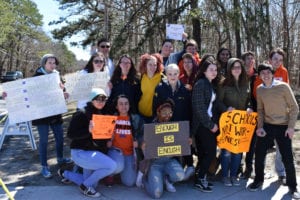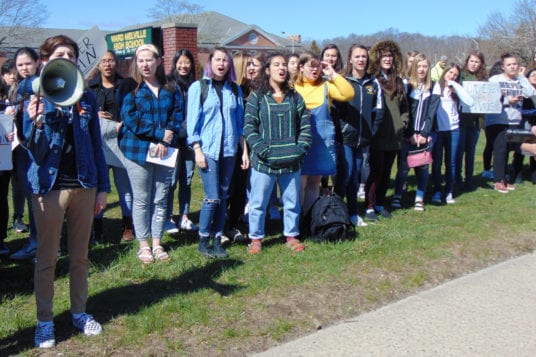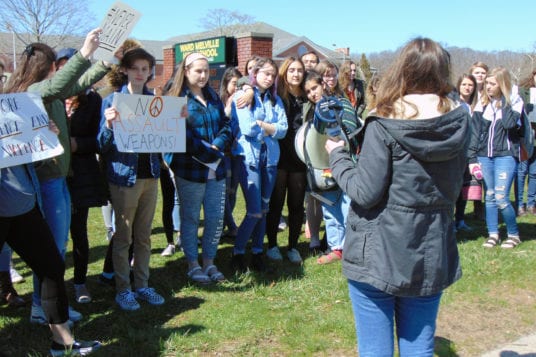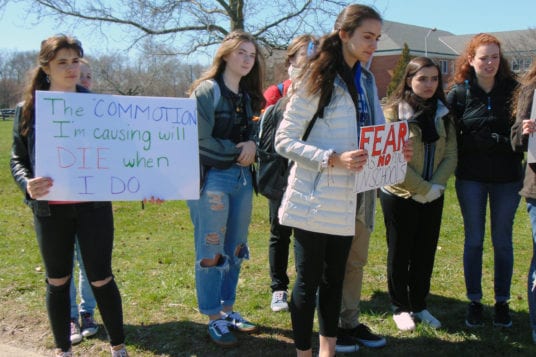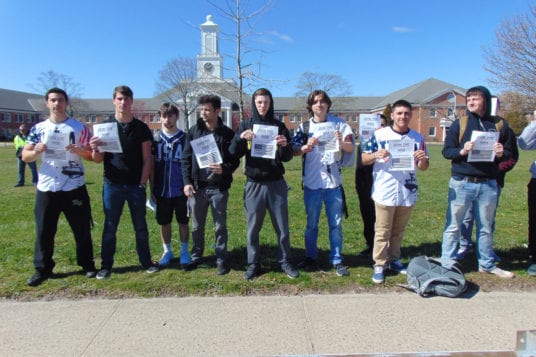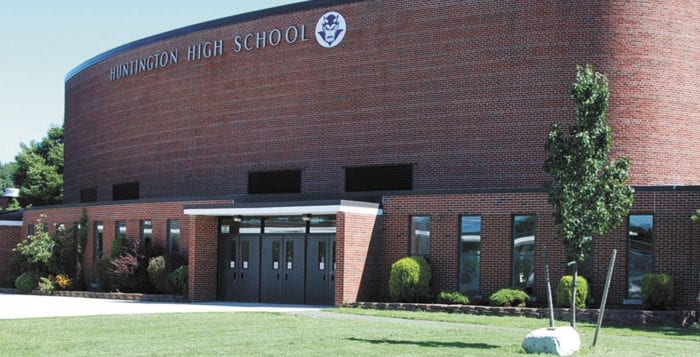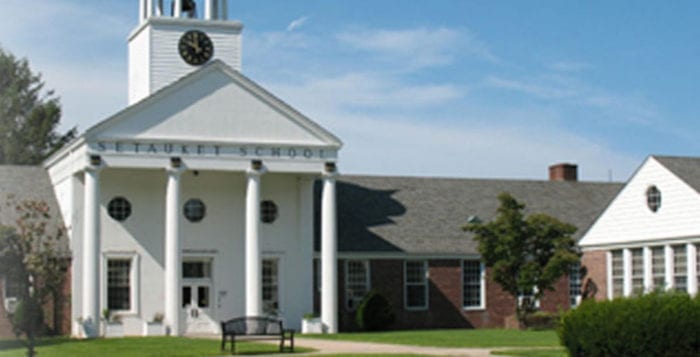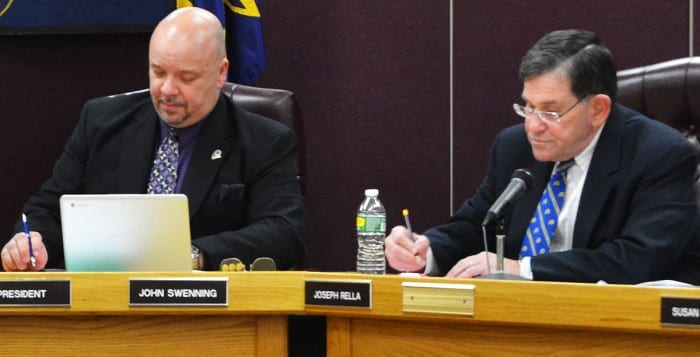If Shoreham-Wading River High School senior Keyi Chen wasn’t in class, he could have screamed in triumph.
Chen had taken the American Mathematical 12 math exam — one of the most prestigious and extensive national high school math exams — back in March. One text from his father told him he would move onto the next phase of the exam circuit, the American Invitational Mathematics Examination.
“When my dad texted me that I made it, I just screamed in my seat, inaudibly though,” Chen said. “Finally, in senior year, I was able to make it to the AIME.”

Mathematical Association of America-produced AMC 12 is a nationally recognized, 25-question exam that covers all high school level math excluding calculus. Chen scored a 94.5 out of 150 points, which was within the top 5 percent of students who took the test. He has been taking other AMC tests for several years, but in March he was able to take the AIME. The tests lead all the way to the International Mathematical Olympiad.
“It was really exciting,” Chen’s father Hucheng Chen said. “We knew he had the capacity and capability, but we were still excited to learn that he had qualified.”
Keyi Chen’s math teachers were also proud of their student’s multiple math accomplishments.
“In addition to being very bright, Keyi works diligently to increase his understanding and awareness of mathematical content,” Shoreham-Wading River High School math teacher Ellen Fraser said via email. “He often comes outside of class to ask questions on material that is beyond the curriculum. He has also been practicing with released questions from past exams to prepare for the AMC.”
Chen was taught math starting at 2 years old, according to his father, who said his son was interested from a young age.
“Ever since I was little I always enjoyed numbers,” Chen said. “Starting in kindergarten I was able to do the basic math functions — addition, subtraction, multiplication and division — which you learn in second grade.”
“Ever since I was little I always enjoyed numbers.”
— Keyi Chen
His affinity for math grew, and in middle school, he was introduced to multiple math competitions. His parents helped organize his participation in these competitions.
“We tried to present as many opportunities to him as we could with math competitions in middle school,” Chen’s father said. “We had to organize them on our behalf because usually the school doesn’t do that.”
The senior said he enjoys the way that math, when distilled, starts to connect with the forces that hold the world together.
“I’ve enjoyed how you can boil down numbers — math and physics all intertwine with each other,” Chen said.
He hasn’t yet confirmed his scores with his teacher to see if he qualifies for the olympiad yet, but Chen plans to attend Johns Hopkins University and major in physics after graduation. He plans to get a doctorate
and become a college-level professor in physics and mathematics.
“I’m really interested in being a professor,” Chen said. “I like the idea of being able to apply this critical thinking and mathematical problem-solving and hopefully spread it to other young people who have the same sort of mentality.”


